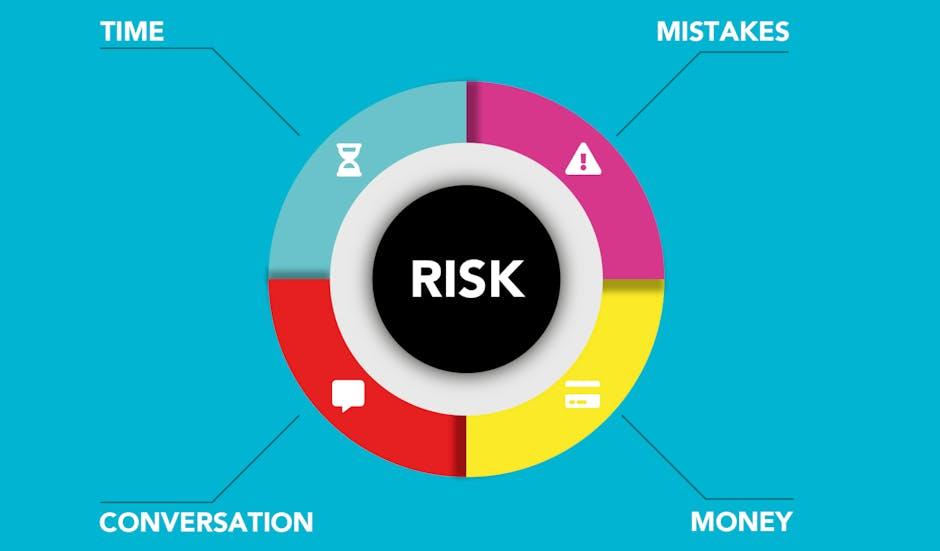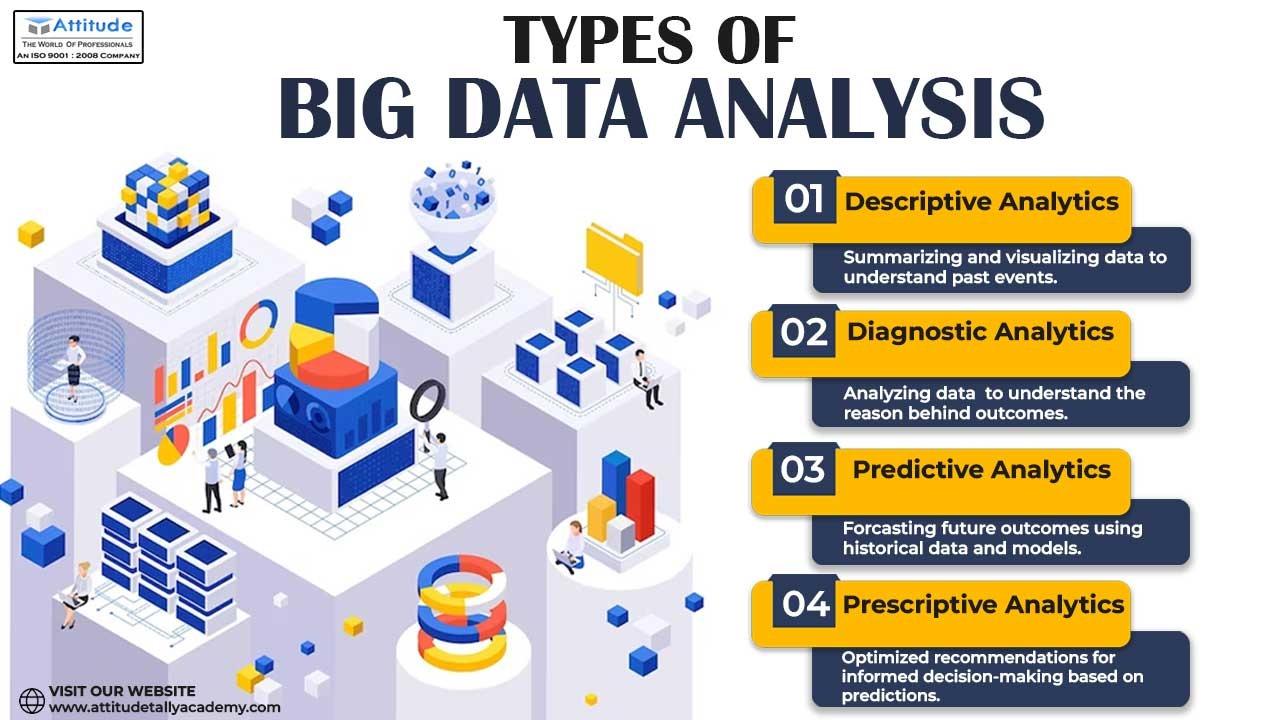In the intricate tapestry of the financial world, credit risk stands as a formidable thread, weaving its influence through every decision, investment, and loan. As the global economy pulsates with uncertainty and opportunity, the ability to accurately assess and manage credit risk has never been more crucial. Enter the realm of financial analysis techniques—a sophisticated arsenal designed to illuminate the shadows of credit uncertainty and empower decision-makers with clarity and confidence. This article delves into the cutting-edge methodologies and time-tested strategies that form the backbone of credit risk assessment. From quantitative models that dissect balance sheets with surgical precision to qualitative assessments that capture the nuances of borrower behavior, we explore the tools that are redefining the landscape of financial risk management. Join us as we unravel the complexities of credit risk, guided by the expertise of seasoned analysts and the latest innovations in financial technology. Whether you’re a seasoned professional or a curious newcomer, this exploration promises to enhance your understanding and mastery of credit risk analysis in today’s dynamic financial environment.
Understanding the Foundations of Credit Risk Analysis
In the intricate world of finance, the ability to evaluate and manage credit risk is paramount. At its core, credit risk analysis involves assessing the likelihood that a borrower will default on their financial obligations. This process is not only about crunching numbers but also about understanding the qualitative aspects that can impact a borrower’s ability to repay. To effectively navigate this landscape, financial analysts employ a blend of techniques that are both art and science.
Key techniques include:
- Quantitative Analysis: This involves the use of financial ratios and models to assess the creditworthiness of a borrower. Common metrics include the debt-to-equity ratio, interest coverage ratio, and cash flow analysis.
- Qualitative Assessment: Beyond numbers, analysts consider factors such as management quality, industry conditions, and economic trends. These elements provide a broader context for understanding potential risks.
- Credit Scoring Systems: Utilizing established scoring models like FICO, analysts can gauge the risk level associated with individual borrowers. These systems are crucial for standardizing assessments across large portfolios.
By combining these techniques, analysts can create a comprehensive picture of credit risk, enabling informed decision-making and strategic risk management.
Advanced Quantitative Methods for Assessing Creditworthiness
In the rapidly evolving landscape of financial analysis, leveraging advanced quantitative techniques is essential for accurately evaluating credit risk. By utilizing a blend of statistical models and machine learning algorithms, financial institutions can gain deeper insights into a borrower’s creditworthiness. Regression analysis, for instance, is pivotal in identifying relationships between variables such as income levels, debt ratios, and repayment history. This method enables analysts to predict future credit behavior based on historical data.
Another cutting-edge approach is the application of neural networks and decision trees, which are particularly effective in handling large datasets and uncovering complex patterns that traditional methods might overlook. These tools can be employed to develop robust credit scoring models that account for non-linear relationships and interactions between multiple factors. Moreover, Monte Carlo simulations offer a probabilistic perspective, allowing analysts to assess the potential impact of economic fluctuations on a borrower’s ability to meet financial obligations. By integrating these advanced methodologies, financial institutions can enhance their risk assessment processes, ultimately leading to more informed lending decisions.

Harnessing Big Data and AI for Predictive Credit Risk Models
In the ever-evolving landscape of financial analysis, the integration of Big Data and Artificial Intelligence (AI) has revolutionized the way credit risk is assessed. By leveraging vast datasets, financial institutions can now predict creditworthiness with unprecedented accuracy. AI algorithms sift through historical data, identifying patterns and correlations that were previously invisible to human analysts. This not only enhances the precision of credit scoring but also enables real-time adjustments to risk models, accommodating dynamic market conditions.
Key benefits of utilizing these advanced technologies include:
- Enhanced Predictive Accuracy: AI models analyze diverse data sources, from transactional histories to social media activities, providing a holistic view of a borrower’s financial behavior.
- Dynamic Risk Assessment: Continuous learning algorithms allow models to adapt to new data, ensuring that risk assessments remain relevant and up-to-date.
- Operational Efficiency: Automating the credit risk evaluation process reduces manual workload, freeing up resources for strategic decision-making.
As financial institutions strive to mitigate risk and optimize lending strategies, the strategic deployment of Big Data and AI emerges as a cornerstone of modern credit risk management.

Implementing Robust Risk Mitigation Strategies in Financial Portfolios
In the realm of financial analysis, particularly when addressing credit risk, the implementation of robust risk mitigation strategies is paramount. The dynamic nature of financial markets necessitates a multi-faceted approach to safeguard portfolios against potential losses. Key strategies include:
- Diversification: By spreading investments across various asset classes, sectors, and geographical regions, the risk associated with any single investment is minimized.
- Stress Testing: This involves simulating adverse market conditions to assess the resilience of a portfolio, ensuring that it can withstand economic downturns.
- Credit Scoring Models: Utilizing advanced algorithms and data analytics to evaluate the creditworthiness of potential investments, thereby reducing the likelihood of default.
- Hedging Techniques: Employing financial instruments such as options and futures to offset potential losses, providing a safety net against market volatility.
Integrating these strategies within a portfolio not only enhances its stability but also optimizes the risk-return profile, enabling investors to navigate the complexities of credit risk with confidence and precision.





